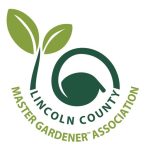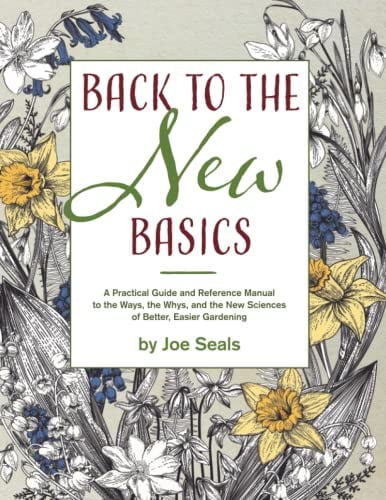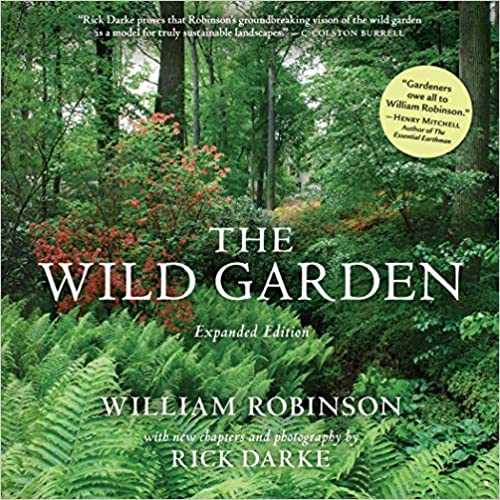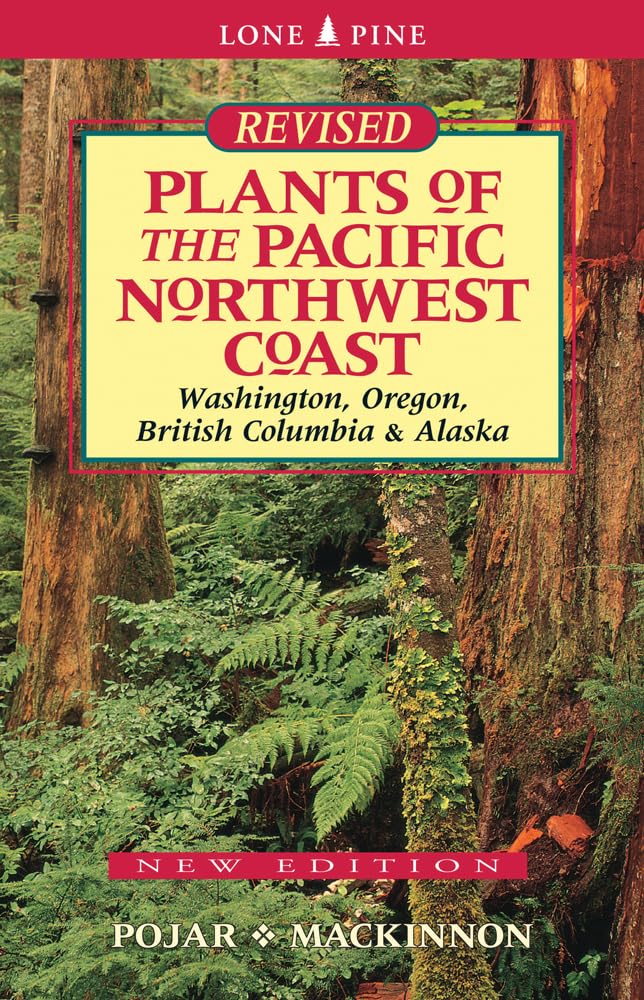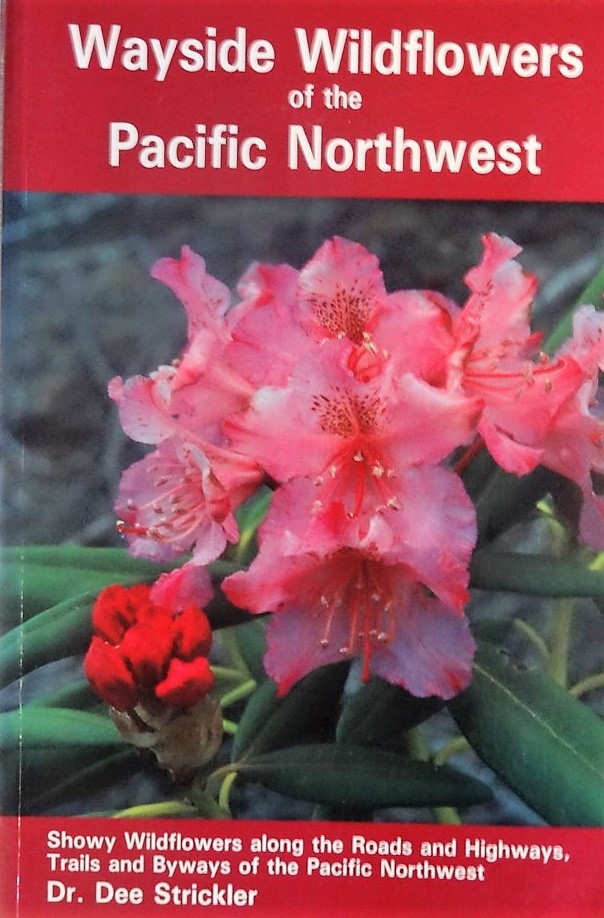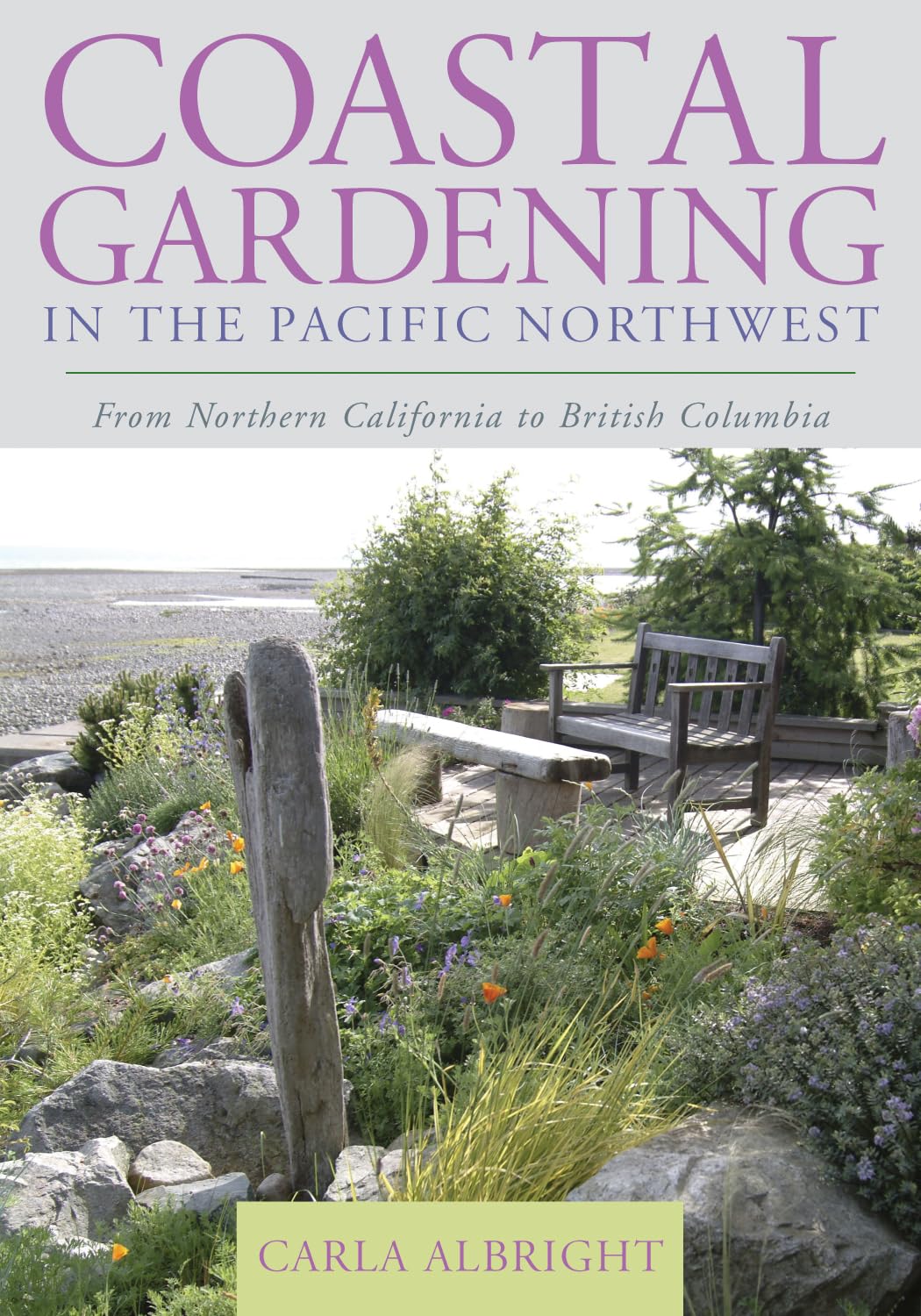I have been waiting for a gardening book like Joe Seals’ Back to the New Basics for quite a long time. Thankfully, he has not burdened us with rote lists of seasonal to-do tasks that tire us out before we even get to them. Seals knows we hanker for knowledge and practices that help us get the desired outcomes we want in the garden. And chief on the list is this: what makes a garden hum and thrum with liveliness and beauty? What is the source of awe we feel upon stepping into such a place? Seals can help us out. His answers come from evidence-based knowledge, solid research, and years of on-the-ground experience. Much of what he urges and recommends is linked to something we all need to know more about—soil health. Soil is a body-like entity with the inherent capability of taking care of itself. In most garden settings it can function fully and robustly—with little intervention on the part of us gardeners.
Back to the New Basics by Joe Seals
Before you lament that you’ll have little to do given the self-sufficiency of soil, hear what Seals has to say. He is not urging inaction. He is saying take action differently, and specifically with the needs of soil in mind. I think the takeaway of Seals’s New Basics is this: less is more. Truly. Less physical and chemical disruption is what your soil wants. Less digging and turning, less dumping and pouring of products from bags and bottles. Seals’s upshot? In most garden settings, leaving soil to its own devices is a good idea. And he’s right.
Back to the New Basics is filled with scads of information to help you modify your gardening practices so that they support—rather than bludgeon or perturb—the belowground plant microbiome and their larger soil-dwelling compatriots. He walks us through some counter-intuitive ideas, busting myths while peppering us with immensely useful information and how-tos. It turns out soil life—from lumbering beetles to multitudes of beneficial microbes around roots—are better equipped than us gardeners in many ways. Their actions can deliver the outcomes we gardeners want. But for them to do so requires nourishment—from you, the gardener.
This is where mulching enters the picture. A steady supply feeds the masses of soil critters and creatures that underpin soil health, and thus the looks and well-being of your garden. Out of sight beneath your feet, they toil away processing, transforming, and cycling organic matter. Their activities ensure that a vast array of nutrients and countless other beneficial compounds reach not just your plants, but the garden’s entire ecosystem. So, instead of digging, tilling, and pouring products into your soil, I think you might want to consider a newfound interest in mulching. And like other practices in Back to the New Basics, a focus on soil health translates into other outcomes we gardeners want—like thwarting pests and pathogens, helping pollinators, decreasing watering, and freaking out less about weeds.
Seals opens the door to a garden we should all enter. He helps us see that a garden humming and thrumming with liveliness and beauty arises from practices that dovetail with how the part of nature beneath our feet actually works. In short, if it’s good for the soil, it’s good for the garden.
ISBN-13: 979-8388104977
Publisher: Sasquatch Books, Seattle
Publication date: 2023
Pages: 337
